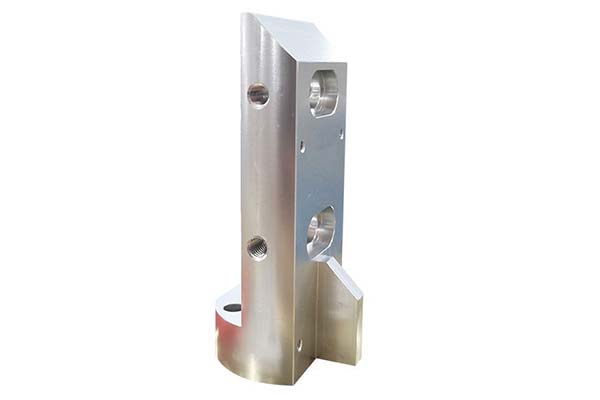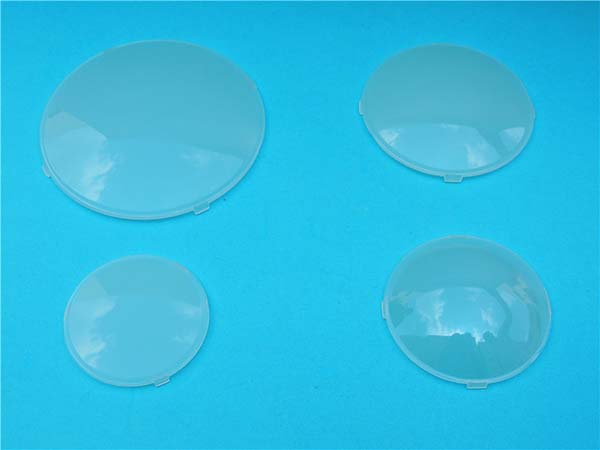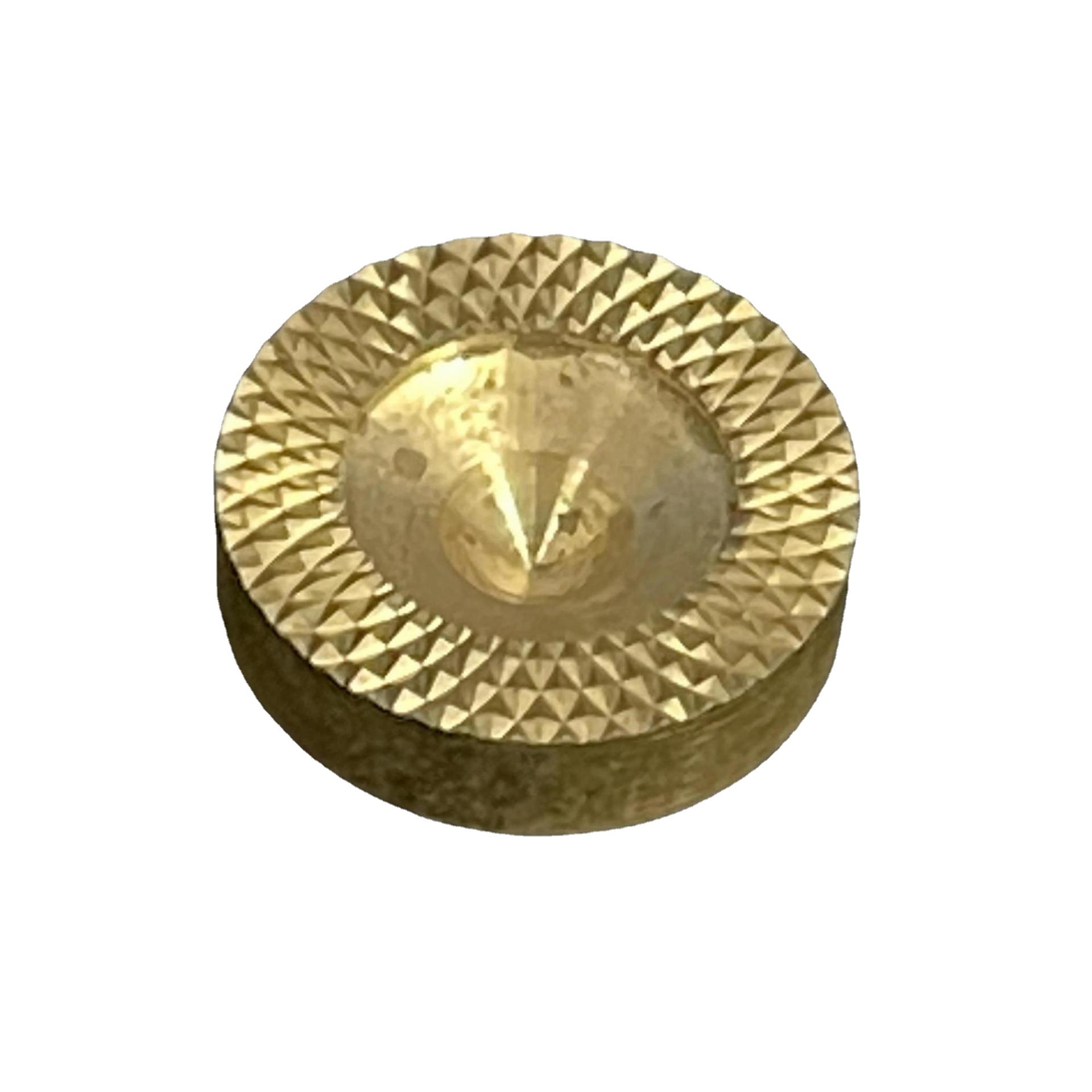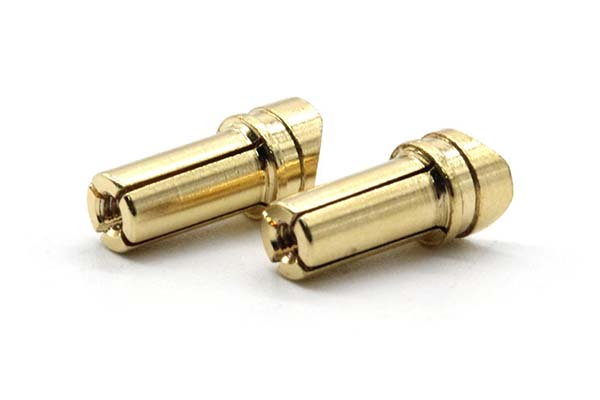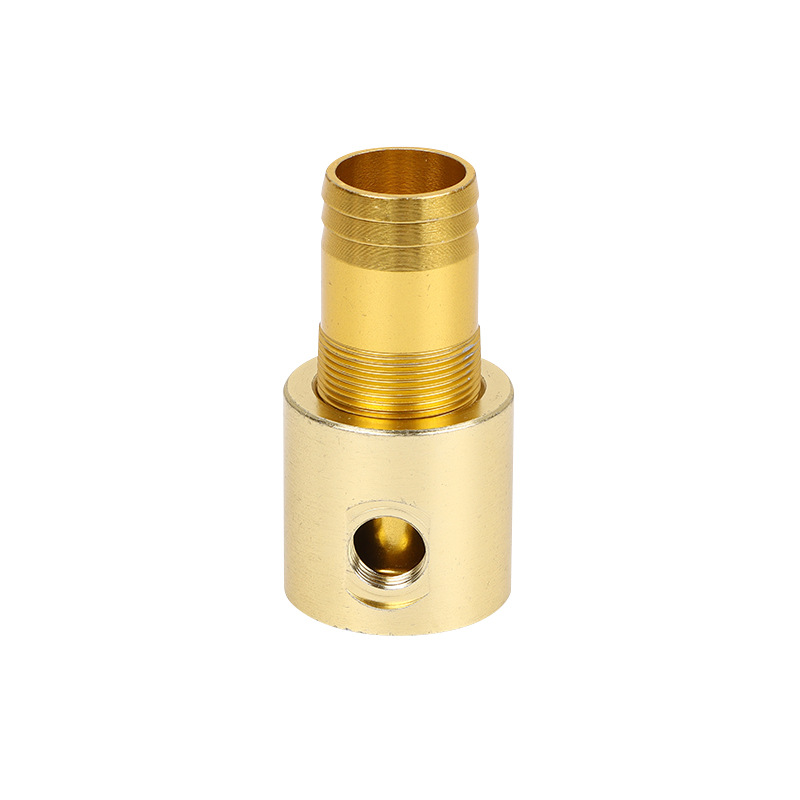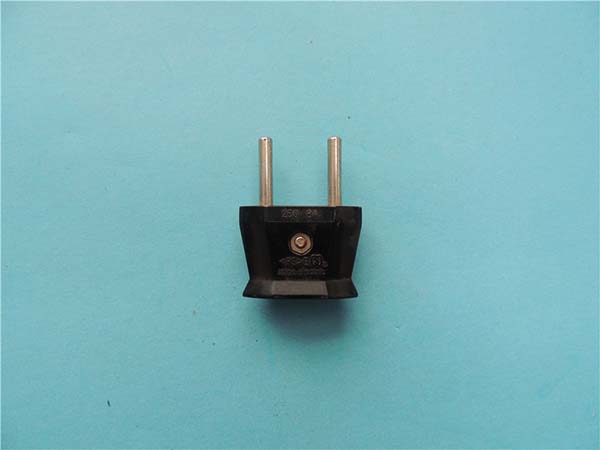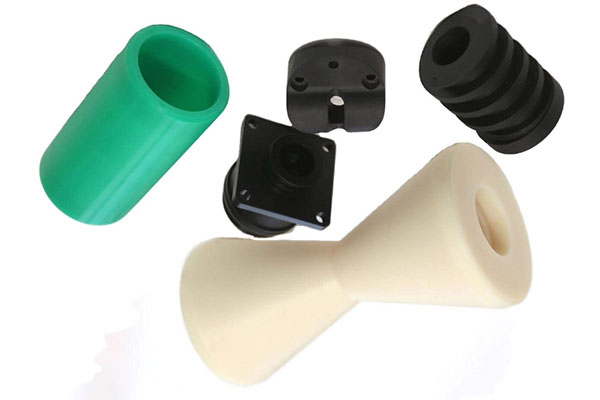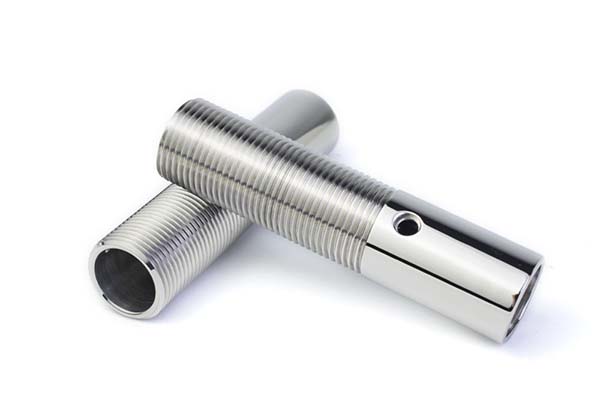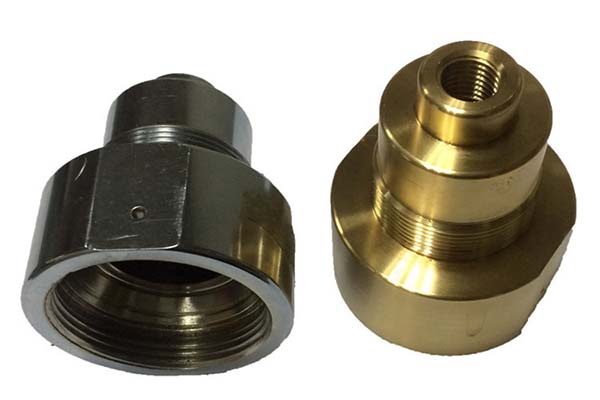Inconel 718 is a premier nickel alloy renowned for its exceptional high-temperature performance, corrosion resistance, and high strength—properties that make it indispensable in aerospace, energy, and chemical processing industries. However, these same attributes create significant machining challenges, from extreme work hardening to intense heat generation that shortens tool life. This guide explores the critical aspects of CNC machining Inconel 718, offering practical solutions to overcome its unique difficulties and ensure precision results.
Material Characteristics of Inconel 718
Composition and Key Properties
Inconel 718 is a nickel-chromium nickel alloy with a complex composition: 50-55% nickel, 17-21% chromium, 5-6.5% niobium (plus tantalum), 2.8-3.3% molybdenum, and small amounts of aluminum and titanium. This blend forms a precipitation-hardened structure that delivers remarkable alloy properties, including a tensile strength of 1300-1600 MPa at room temperature and retention of 80% strength at 650°C—far exceeding most stainless steels and titanium alloys.
Its corrosion resistance is equally impressive, withstanding attacks from seawater, acids, and high-temperature gases, making it ideal for gas turbine engines and chemical reactors. However, these strengths come with trade-offs: Inconel 718’s high nickel content and tough grain structure make it 5-8 times harder to machine than carbon steel, as confirmed by comparative cutting force studies.
How Properties Impact Machinability
The high strength and low thermal conductivity (11 W/m·K) of Inconel 718 are the primary culprits behind machining difficulties. Heat generated during cutting remains concentrated at the tool-workpiece interface, reaching temperatures up to 1000°C—hot enough to soften even carbide tools. Additionally, its tendency to work hardening is extreme: a single pass over a previously cut surface can increase hardness by 30%, leading to uneven cutting forces and accelerated tool wear. These factors combined make precision machining of Inconel 718 a test of both tooling and technique.
CNC Machining Techniques for Inconel 718
Tool Selection and Machining Parameters
Tool selection is critical for successful Inconel 718 machining. Carbide tools with ultra-fine grains (0.5-1 μm) and coatings like AlTiN or diamond-like carbon (DLC) are essential. In testing, DLC-coated carbide inserts lasted 40% longer than uncoated ones due to their low friction coefficient (0.1 vs. 0.4) and high-temperature resistance. For heavy roughing, ceramic tools (alumina-based) can withstand higher temperatures but require rigid setups to avoid chipping.
Optimizing machining parameters is equally vital:
- Milling: Use cutting speeds of 20-40 m/min with feed rates of 0.05-0.1 mm/tooth. Lower speeds reduce heat buildup, while moderate feeds minimize work hardening.
- Turning: Cutting speeds of 30-50 m/min and feed rates of 0.1-0.15 mm/rev balance material removal with tool preservation. A 10° positive rake angle reduces cutting forces by 15% compared to negative rake designs.
- Drilling: Carbide drills with internal coolant channels perform best at 10-20 m/min speeds and 0.05-0.08 mm/rev feeds, ensuring efficient chip evacuation.
Precision Machining Best Practices
Precision machining of Inconel 718 demands rigid setups to counteract high cutting forces. Using heavy-duty machine tools with high torque spindles (≥30 Nm) minimizes vibration, while modular toolholders reduce runout to ≤0.002 mm. Adaptive control systems that adjust feed rates in real-time based on torque feedback prevent sudden tool overloads—a strategy that reduced tool breakage by 50% in a case study on aerospace components.
Challenges and Solutions in Inconel 718 Machining
Overcoming Work Hardening and Heat Generation
Work hardening is Inconel 718’s most notorious challenge. To combat it:
- Maintain continuous cuts to avoid re-cutting hardened surfaces.
- Use sharp tools—even 0.1 mm of flank wear can increase hardening by 20%.
- Implement high-pressure coolant use (100-150 bar) directed at the cutting zone to dissipate heat and flush chips. A study found that high-pressure coolant reduced workpiece temperature by 150°C, slowing hardening.
Heat generation is managed through:
- Interrupted cutting strategies (e.g., trochoidal milling) to allow tool cooling.
- Coolant with high thermal capacity (e.g., water-soluble oils with 8-10% concentration).
- Toolpath optimization to minimize air cutting, which wastes energy and generates unnecessary heat.
Addressing Tool Wear and Surface Finish
Tool wear in Inconel 718 typically occurs as flank wear or cratering. To extend tool life:
- Replace tools at 50% of their maximum wear limit (typically 0.3 mm flank wear) to avoid sudden failure.
- Use variable helix end mills to reduce harmonic vibrations that accelerate wear.
- Apply edge preparation (e.g., 0.02 mm hone) to strengthen cutting edges against chipping.
Achieving acceptable surface finish (Ra 1.6-3.2 μm for most applications) requires:
- Finish passes with reduced feed rates (0.03-0.05 mm/tooth) and sharp tools.
- Avoiding dwell times that cause localized heating and surface damage.
- Post-machining processes like grinding or polishing for critical Ra < 0.8 μm requirements.
Process Optimization Strategies
Process optimization for Inconel 718 focuses on reducing cycle times without sacrificing quality:
- Use high-efficiency machining parameters like high-feed milling (0.3-0.5 mm/rev) for roughing, which removes material 30% faster than conventional methods.
- Group operations to minimize tool changes, reducing non-cutting time by 20-25%.
- Implement tool presetting to ensure accurate offsets, eliminating trial cuts.
A case study on machining turbine discs showed that combining these strategies reduced cycle time by 40% while improving tool life by 25%.
Yigu Technology's Perspective
At Yigu Technology, we specialize in CNC machining Inconel 718 for critical applications. Our approach combines advanced tool selection—including ultra-fine carbide with TiSiN coatings—with optimized machining parameters tailored to minimize work hardening and heat generation. We utilize high-pressure coolant systems (150 bar) and adaptive machining software to maintain precision even in complex geometries. Our expertise in process optimization ensures that we meet tight tolerances (±0.005 mm) while maximizing tool life, delivering cost-effective solutions for aerospace and energy industry clients relying on this demanding nickel alloy.
FAQs
Q1: Why is Inconel 718 so difficult to machine compared to other alloys?
A1: Inconel 718’s extreme high strength, low thermal conductivity, and aggressive work hardening make it challenging. It generates 3-4 times more heat than steel during cutting, and its tough microstructure resists chip formation, increasing tool wear.
Q2: What cutting tools are most effective for machining Inconel 718?
A2: Ultra-fine carbide tools with AlTiN or DLC coatings are preferred for general machining. Ceramic tools (alumina) work for high-speed roughing, while CBN tools are used for finishing when tight tolerances are critical.
Q3: How can coolant usage improve Inconel 718 machining results?
A3: High-pressure coolant use (100-150 bar) dissipates heat, flushes chips to prevent re-cutting, and reduces friction between tool and workpiece—extending tool life by 30-50% and improving surface finish.
